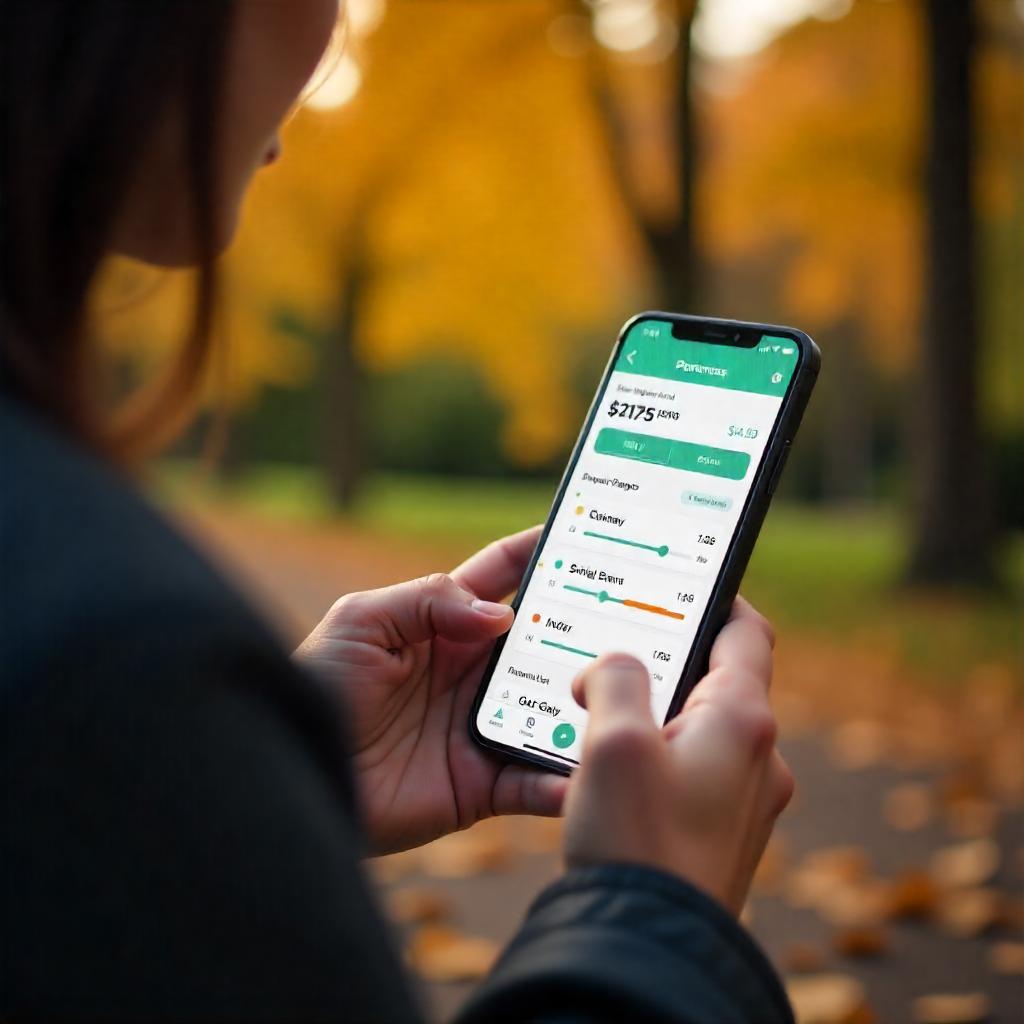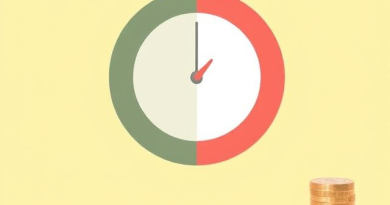How to Build an Emergency Fund: The Essential Guide for 2025

An emergency fund is one of the most important financial tools you can have. Whether you face unexpected medical bills, job loss, or a car repair, having a safety net in place will give you peace of mind and protect you from going into debt. In this post, we’ll walk you through the steps to building a solid emergency fund, from setting a goal to automating your savings.
💡 Why You Need an Emergency Fund
Life is unpredictable, and unexpected expenses can arise at any time. Without an emergency fund, you might find yourself relying on credit cards or loans to cover these costs, leading to debt. A well-funded emergency fund ensures you have the financial flexibility to handle any situation that comes your way.
Benefits of having an emergency fund:
- Financial security: It provides a cushion for unexpected events like medical emergencies or home repairs.
- Prevents debt: With an emergency fund, you won’t have to rely on credit cards or loans when things go wrong.
- Peace of mind: Knowing you have money set aside for emergencies reduces stress and anxiety about financial setbacks.
📝 Steps to Build Your Emergency Fund
1. Set a Realistic Savings Goal
The first step in building an emergency fund is determining how much money you need. Financial experts recommend saving three to six months’ worth of living expenses. This amount will vary depending on your lifestyle, monthly expenses, and job stability.
How to calculate your emergency fund goal:
- Add up your monthly living expenses, including rent/mortgage, utilities, groceries, transportation, insurance, and other essential costs.
- Multiply that total by three to six months, depending on your personal circumstances.
Example:
- Monthly expenses: $2,500
- Emergency fund goal (3 months): $7,500
- Emergency fund goal (6 months): $15,000
2. Start Small and Be Consistent
Building an emergency fund may seem like a huge task, but you don’t need to save it all at once. Start with small, manageable amounts and gradually increase your contributions over time. Consistency is key to reaching your goal.
Tips for getting started:
- Start by saving $50–$100 per month.
- Set a specific savings target for each paycheck.
- As your financial situation improves, gradually increase the amount you save.
3. Open a Separate Savings Account
To keep your emergency fund separate from your regular spending money, open a dedicated savings account. Choose a high-yield savings account or a money market account so you can earn interest while your fund grows.
Benefits of a separate savings account:
- Out of sight, out of mind: It reduces the temptation to dip into your emergency fund for non-emergencies.
- Earn interest: A high-yield account will help your savings grow faster.
- Easy access: You’ll be able to access your money when you need it without having to go through complex processes.
4. Automate Your Savings
One of the easiest ways to build an emergency fund is to automate your savings. Set up automatic transfers from your checking account to your emergency fund account each time you receive a paycheck. This way, you’ll be saving without having to think about it.
How to automate your savings:
- Set up a direct deposit from your employer into your savings account.
- Schedule monthly or bi-weekly automatic transfers to your emergency fund.
- Use apps like Qapital or Digit to round up purchases and save the difference automatically.
5. Cut Back on Non-Essential Spending
If you’re finding it hard to save enough money for your emergency fund, take a close look at your spending habits. Reducing your discretionary spending is one of the most effective ways to increase your savings rate.
Ways to cut back:
- Limit dining out: Cook at home and meal prep to save money on food.
- Cancel unused subscriptions: Review your subscriptions and cancel the ones you don’t use or need.
- Shop smarter: Use coupons, buy in bulk, and shop during sales to save on everyday purchases.
6. Consider Extra Sources of Income
If you’re on a tight budget, consider finding additional sources of income to help you reach your emergency fund goal faster. A side hustle or part-time job can provide extra cash to accelerate your savings.
Side hustle ideas:
- Freelance work (writing, graphic design, social media management)
- Driving for a ride-sharing service (Uber, Lyft)
- Selling unused items around your home
- Offering services like dog walking, babysitting, or tutoring
7. Use Your Tax Refund or Bonuses to Boost Your Fund
If you receive a tax refund, work bonus, or any other lump sum of money, consider using it to boost your emergency fund. Instead of spending the extra cash, put it directly into your savings account to reach your goal faster.
How to use windfalls:
- Deposit any lump sum payments into your emergency fund to make a big impact.
- Resist the urge to spend this “extra” money on non-essential items.
💡 Tips for Maintaining Your Emergency Fund
1. Replenish Your Fund After Using It
If you ever have to dip into your emergency fund, make it a priority to replenish it as soon as possible. Adjust your budget to accommodate larger savings contributions until the fund is back to its original target.
2. Review Your Fund Periodically
As your life circumstances change, your emergency fund needs might change too. For example, if you move into a new home, start a family, or face a change in income, you may need to adjust your savings goal.
Action steps:
- Reassess your fund every six months to ensure it aligns with your current living expenses.
- Make adjustments to your savings plan as needed.
🏁 Final Thoughts
Building an emergency fund is one of the best ways to ensure financial security and peace of mind. By following these steps—setting a goal, saving consistently, and automating your savings—you’ll be well on your way to building a solid financial safety net. Take it one step at a time, and soon you’ll have the security and confidence that comes with being prepared for life’s unexpected events.



